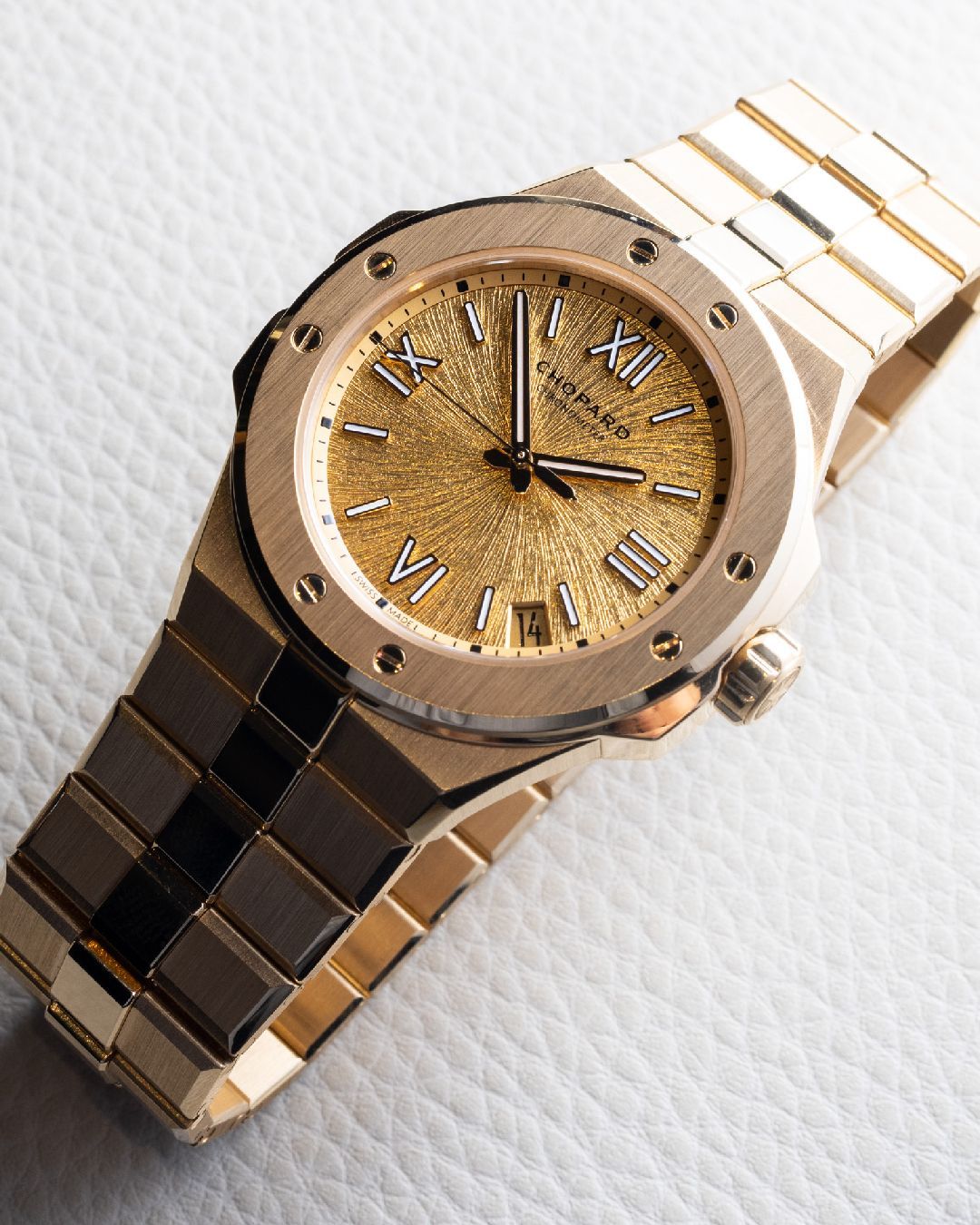
The great recycled gold debate Trends, traceability and semantic issues
In recent years, the world of jewelry has seen an increase in interest in recycled materials. Like the fashion industry, the sector has begun to seek techniques to reduce its environmental impact and ensure ethical and sustainable production for more conscientious consumers. For having promised to use only recycled gold in their creations, presenting the choice as an example of their commitment to eco-sustainable practices, major companies like Pandora, the largest jewelry buyer in the world, and Prada, which entered the sector just a few years ago, have stood out in recent years. But the growing interest in recycled gold has not escaped criticism: on one side, industry insiders – representing nearly 3% of the global workforce – argue that recycled gold offers no sustainability benefits; on the other, environmental groups and associations denounce the use of the adjective "recycled" as yet another example of greenwashing and call for a more careful definition of the term.
The debate on recycled gold exploded publicly when the Precious Metals Impact Forum (PMIF), a multi-stakeholder initiative pushing for stricter recycled gold classifications, published an open letter criticizing the industry's difficulties and opposition to a redefinition of the material. Last April, the Alliance for Responsible Mining had already published a first letter titled "Old jewellery is not waste!" urging the replacement of the term «recycled» with «reprocessed». The letter referred to the standard and official definition of "recycling," that is, the reprocessing of waste materials, where waste is understood as refuse. According to critics, this is one of the first contradictions, as gold – due to its high value and growing demand – is almost never a waste material. Exceptions are scraps from electronic products (with which the medals of the Tokyo 2020 Olympics were made), whose recovery is extremely expensive - according to the United Nations Environment Program, only 20% of these are actually recycled. The connotation of “recycled gold” is so vague that any reworked gold can be sold under this label, giving a misleading image of the material's true level of sustainability. Patrick Schein, president of the Alliance for Responsible Mining, explained to the Financial Times that «bringing artisanal gold to market is expensive, so producers prefer to use 'recycled' gold instead of investing in artisanal sources that, due to the small scale of many mines, is expensive to grow in production».
@jessfoxcanoe when a dream comes true. The medals are beautiful & made from recycled electronics! #gold #canoeslalom #tokyo2020 #tokyoolympics #fyp Golden - Harry Styles
The issue of recycled gold is not a simple semantic war. In an interview with BoF, the French luxury giant LVMH states that specificity in definitions is necessary if it helps support more rigorous processes and controls on the complex gold supply chain because the terms associated with the material are deemed correct only if they truly help the customer trace the responsible sources of the gold, thus inviting a transparent market. In the debate, the issue of traceability becomes central, as diligent control regulations stop only at the first supplier. There is an inevitable risk of encountering gold from uncontrolled situations, such as sources of money launderers, tax evasion, or conflict areas. The material's supply chain becomes a tangle of threads difficult to trace back to the origin, thus obscuring the social and economic issues affecting small-scale miners and their communities.
To ensure complete control over the gold used and, consequently, the safety of workers and the environment, some brands like the Swiss brand Chopard have set a limit threshold. «Our goal is to maintain a minimum threshold of 60% of gold from accredited artisanal mines», said a company spokesperson. Parallelly, new entities are emerging that focus exclusively on electronic gold waste, producing material defined as “recovered,” that is, recovered. An example is the British company Royal Mint, the official producer of English coins, which will be able to recover up to 4,000 tons of gold waste per year, securing a prominent position in the precious metal recovery sector.















































